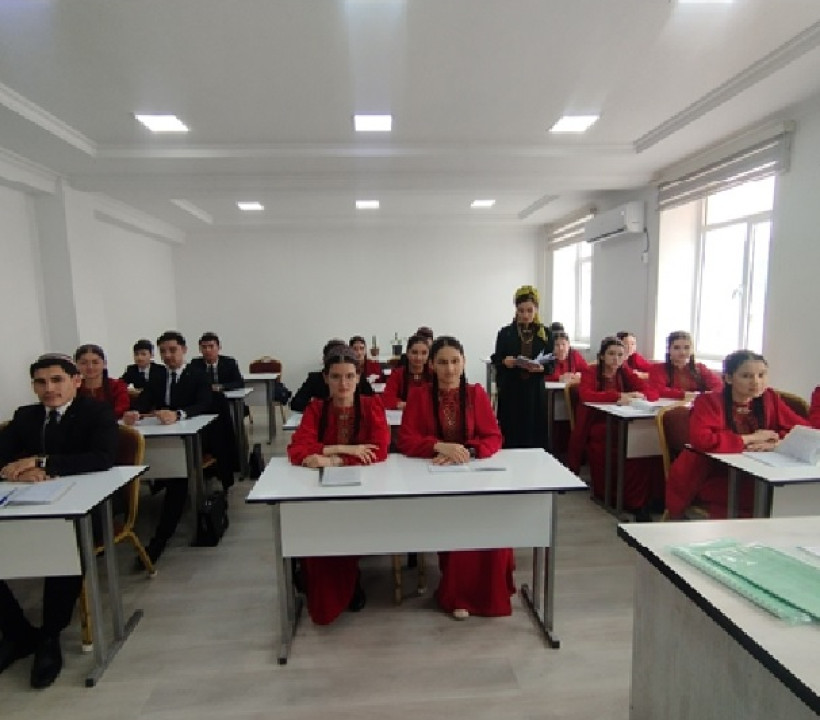В Министерстве образования Туркменистана обсудили преимущества цифровой платформы Sanly Bilim
В Министерстве образования Туркменистана состоялось собрание с участием руководителей вузов и средне-специальных учебных заведений, посвящённое вопросам цифровизации образовательной системы.
Как сообщается на сайте министерства, на собрании была представлена и подробно обсуждена цифровая платформа Sanly Bilim - централизованная цифровая экосистема, которая объединяет образовательные учреждения и их сервисы, предоставляя все необходимые данные и услуги через единое окно.
Важнейшей задачей платформы является обеспечение доступности образовательных ресурсов и повышение эффективности их использования. В ходе презентации платформы были выделены ключевые её компоненты, такие как: централизованный информационный центр, образовательные услуги, система уведомлений и объявлений, унификация стандартов.
Спикеры подчеркнули, что цифровизация образования является приоритетным направлением государственной политики. Внедрение платформы Sanly Bilim станет важным шагом на пути к реализации национальных задач, направленных на развитие интеллектуального потенциала страны и подготовку молодёжи к вызовам цифровой эпохи.
На следующем этапе планируется завершение интеграции образовательных порталов и сервисов в рамках единой экосистемы Sanly Bilim, а также обучение сотрудников образовательных учреждений для эффективной работы с цифровыми инструментами.





